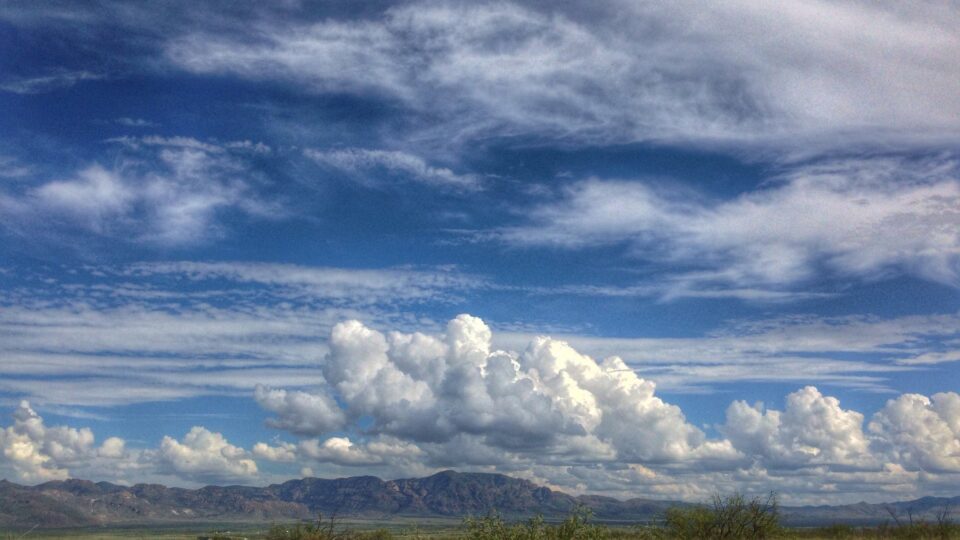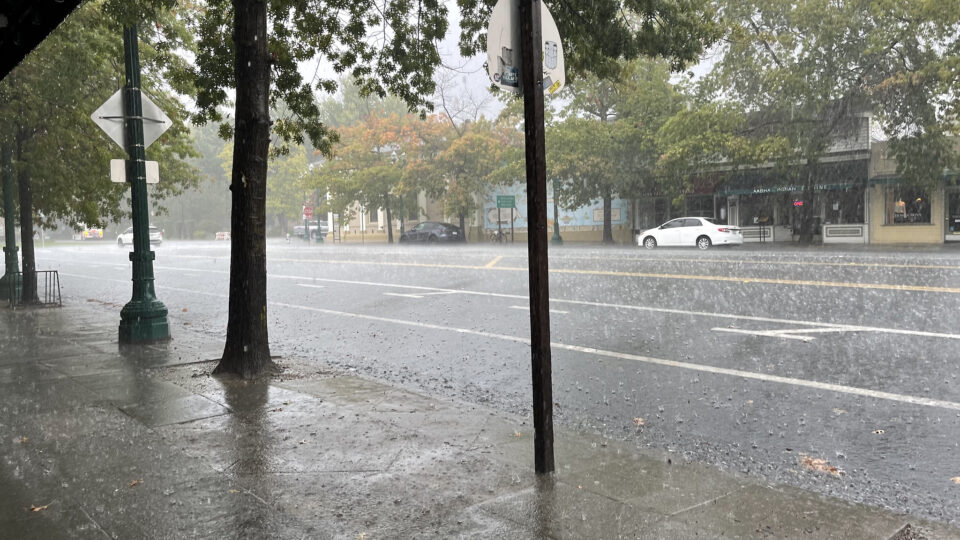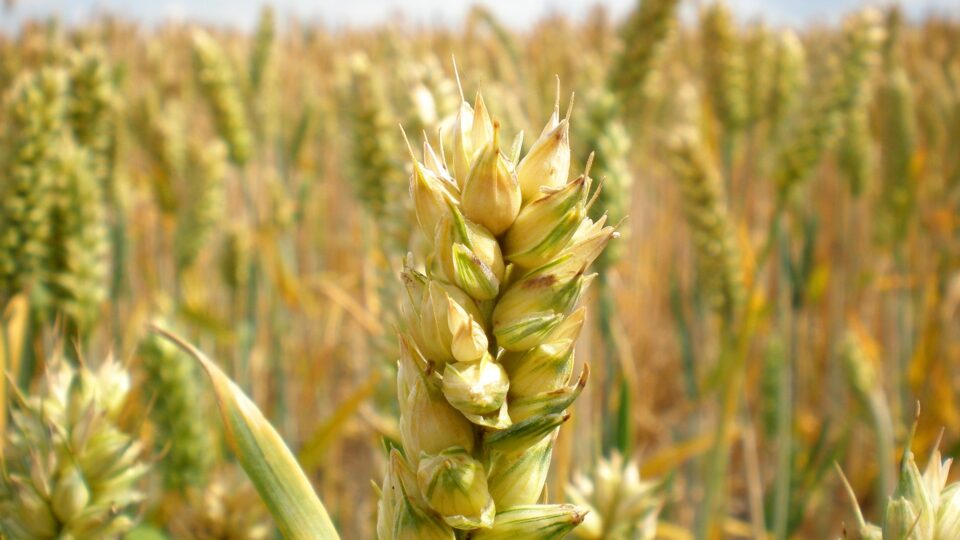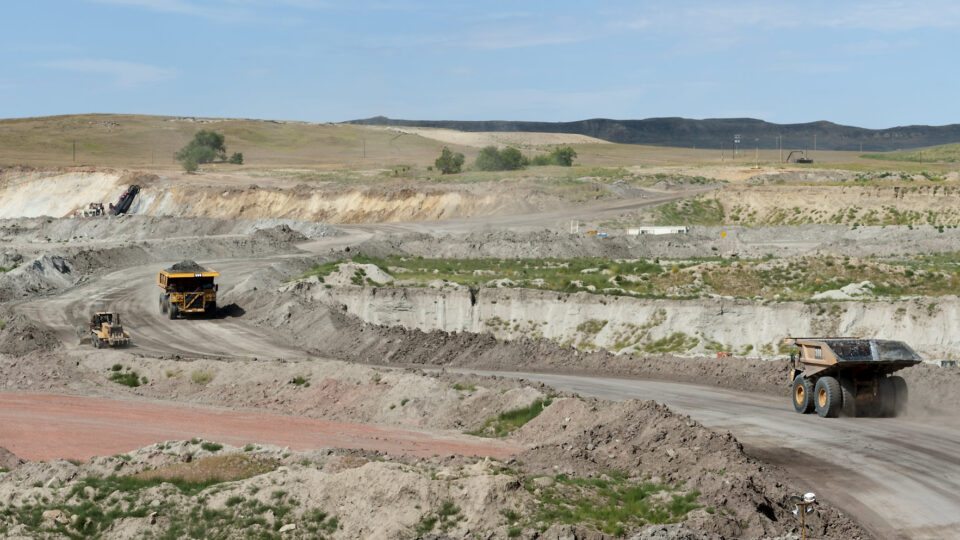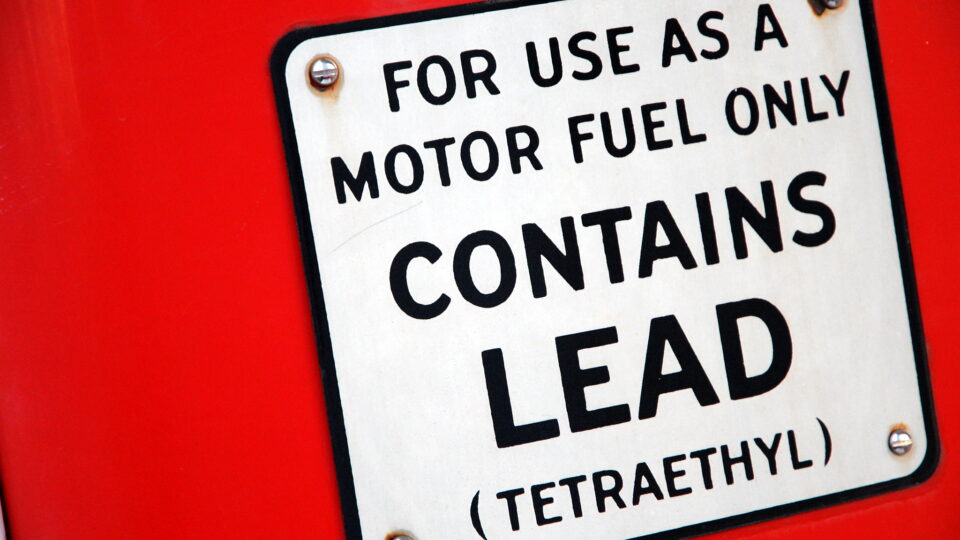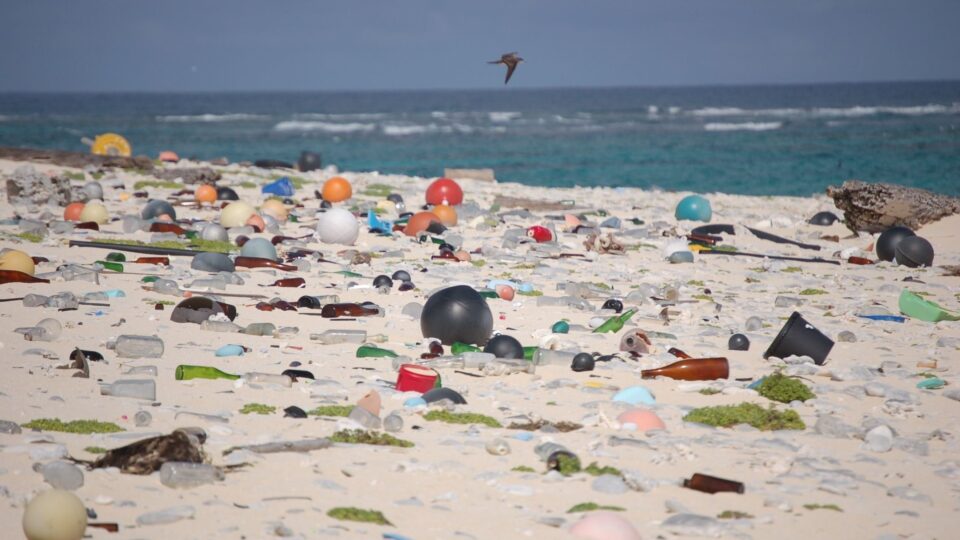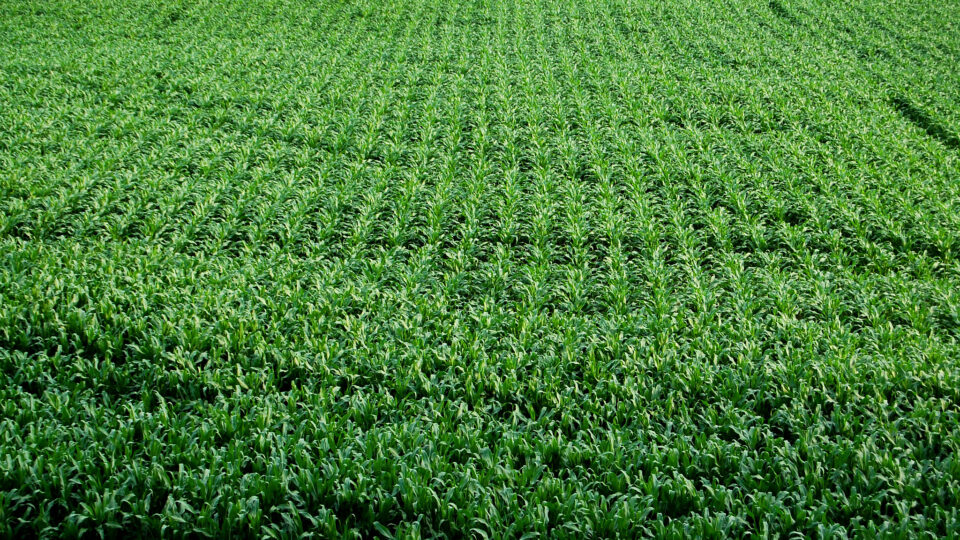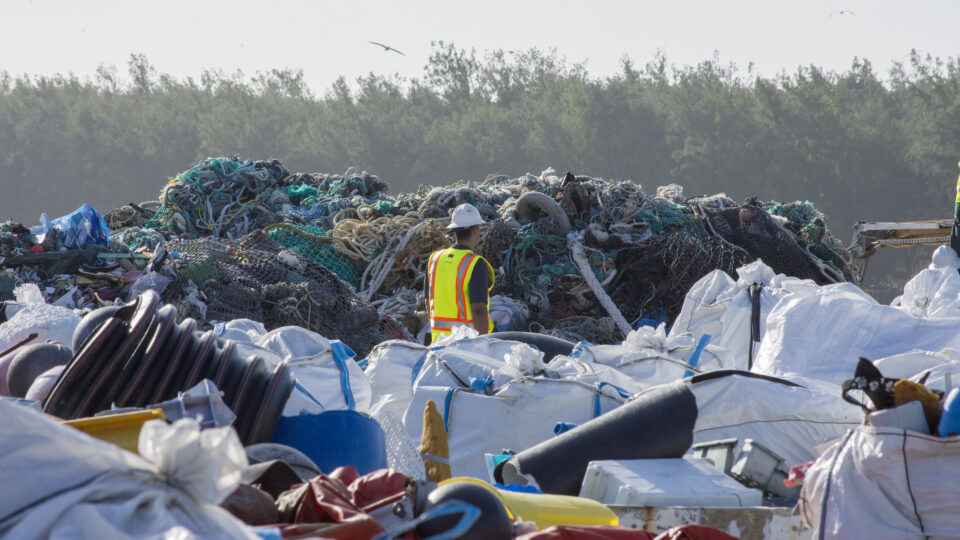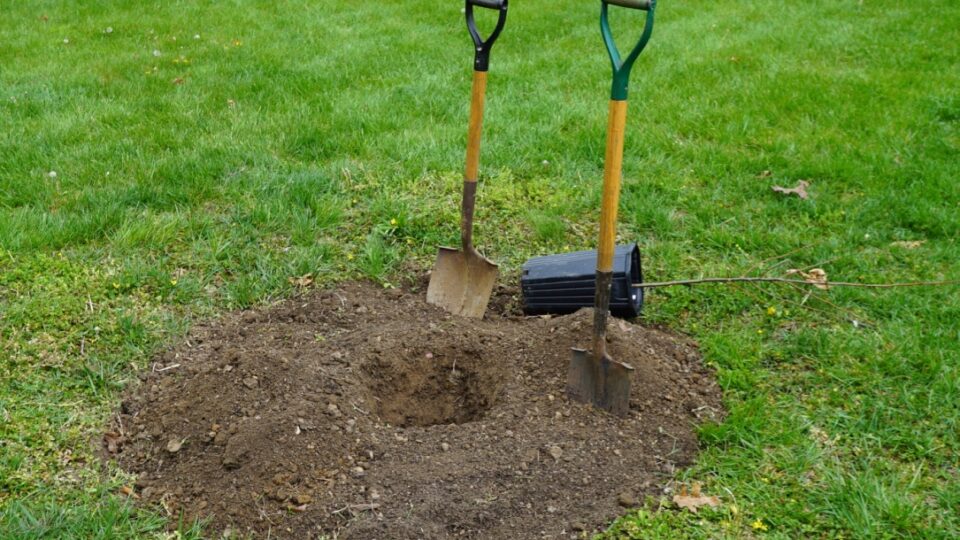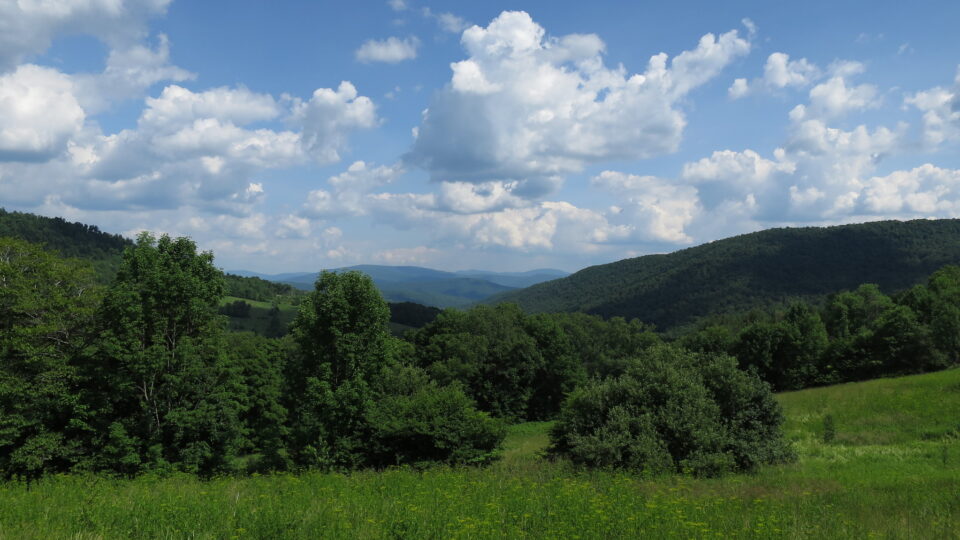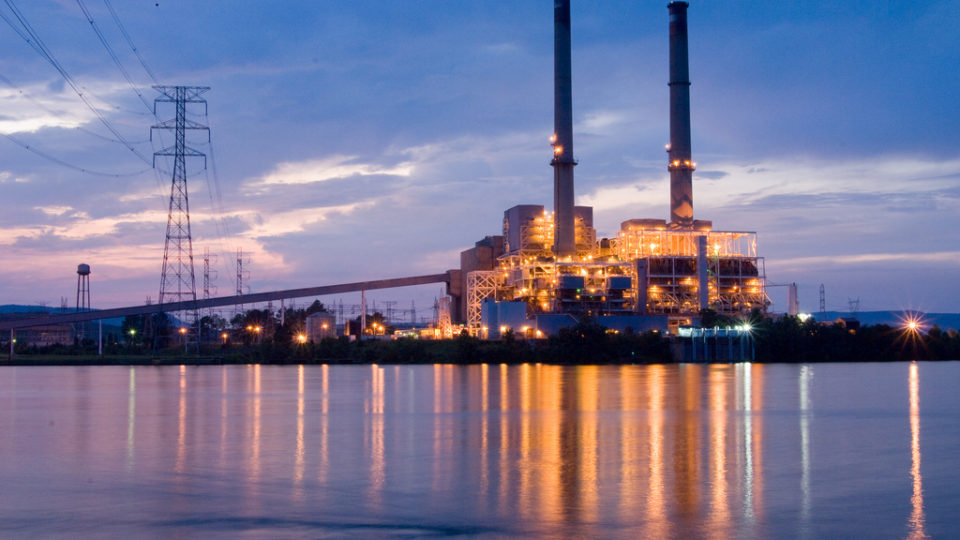Water levels in the lower Mississippi River are running very low. During September, the readings in Memphis, Tennessee were within inches of the all-time low. The situation is causing real problems for the grain export industry.
The water levels of the lower Mississippi are determined by the amount of rainfall in the upper Midwest. At the point where the Ohio and Mississippi Rivers come together, about 90% of the water headed for the lower Mississippi has been accumulated.
Almost 400 miles of the Mississippi have experienced water levels at or below critical levels for shipping. During September, parts of the Mississippi have been closed to ship traffic more than 20 times. At least 36 vessels were reported to have run aground.
The low water levels on the river have caused shippers of soybean and corn exports to lighten their loads to keep the vessels from running aground. They have also reduced how many barges they pull at once in order to be able to navigate shipping channels that have narrowed because of the reduced water levels.
Fall is the busiest grain export season for the region. About 60% of grain exports from the Midwest leave the U.S. through terminals on the Gulf Coast. The low levels of the Mississippi River threaten gridlock for this vital industry. It has caused freight costs to be the highest since historic river lows last year caused U.S. grain to be less competitive globally.
Unfortunately, October is not normally a strong precipitation month, but the hope is that the El Niño now underway may lead to increased precipitation in the Southern U.S.
**********
Web Links
Mississippi River Nears Historic Lows, Putting Grain Exports at Risk
Photo, posted March 8, 2023, courtesy of Errol Sandler via Flickr.
Earth Wise is a production of WAMC Northeast Public Radio

